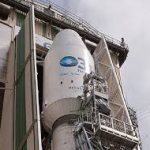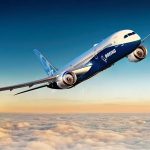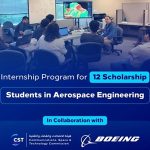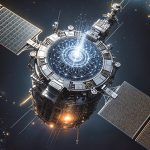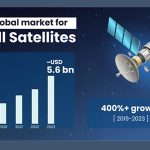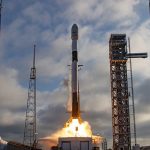NASA originally envisioned alternating missions between SpaceX and Boeing, assuming both companies vehicles will be certified around the same time.
 NASA has announced its intent to purchase three more commercial crew missions from SpaceX as a hedge against further delays in the certification of Boeings CST-100 Starliner.
NASA has announced its intent to purchase three more commercial crew missions from SpaceX as a hedge against further delays in the certification of Boeings CST-100 Starliner.
NASA issued a contract notification announcing its plans to issue a sole-source award to SpaceX for three missions. Those missions will be in addition to the six post-certification missions, or PCMs, that SpaceX won as part of its $2.6bn Commercial Crew Transportation Capability (CCtCap) contract in 2014.
In October, NASA issued a request for information from American industry capable of providing safe, reliable, and cost-effective human space transportation services to and from the International Space Station to ensure a continuous human presence aboard the microgravity laboratory. After a thorough review of the near-term certified capabilities and responses from American industry, NASAs assessment is that the SpaceX crew transportation system is the only one certified to meet NASAs safety requirements to transport crew to the space station, and to maintain the agencys obligation to its international partners in the needed timeframe, NASA said.
Kathy Lueders, Associate Administrator of NASAs Space Operations Mission Directorate, said: Its critical we begin to secure additional flights to the space station now so we are ready as these missions are needed to maintain a US presence on the station. Our US human launch capability is essential to our continued safe operations in orbit and to building our low-Earth orbit economy.
NASA anticipates a potential need to use any additional flights as early as 2023 to maintain mission readiness. Securing additional flights now also allows NASA to continue working with Boeing on the development of the companys CST-100 Starliner spacecraft, which also will fly NASA and international partner astronauts to and from the space station after completing its certification effort.
Phil McAlister, Director of commercial spaceflight at NASA, added: NASA commends Boeing for its ongoing investigation of the oxidizer isolation valve issue that was discovered ahead of the planned uncrewed Orbital Flight Test-2 (OFT-2) mission to the International Space Station in August, prioritizing safety over schedule while working to solve this challenge. NASA and Boeing will provide additional updates on the status of Starliners next mission as we work through the investigation and verification efforts to determine root cause and effective vehicle remediation.
NASA also is working to extend the life of the space station beyond 2024 to allow for a seamless transition to commercially operated, low-Earth orbit destinations and allow NASA to continue its vital scientific research to prepare for human exploration beyond low-Earth orbit to benefit life on Earth. NASA continues to anticipate a need for crew transportation into the foreseeable future as the agency enables a low-Earth orbit economy.
In 2014, NASA awarded the CCtCap contracts to Boeing and SpaceX through a public-private partnership as part of the agencys Commercial Crew Programme. Under CCtCap, NASA certifies that a providers space transportation system meets the agencys requirements prior to flying missions with astronauts. After years of development, commercial crew systems have achieved or are nearing operational readiness for regular crewed missions, including providing a lifeboat capability, to the space station.
For more than 20 years, NASA has continuously had astronauts living and working aboard the International Space Station, advancing scientific knowledge and demonstrating new technologies, making research breakthroughs not possible on Earth.









































































